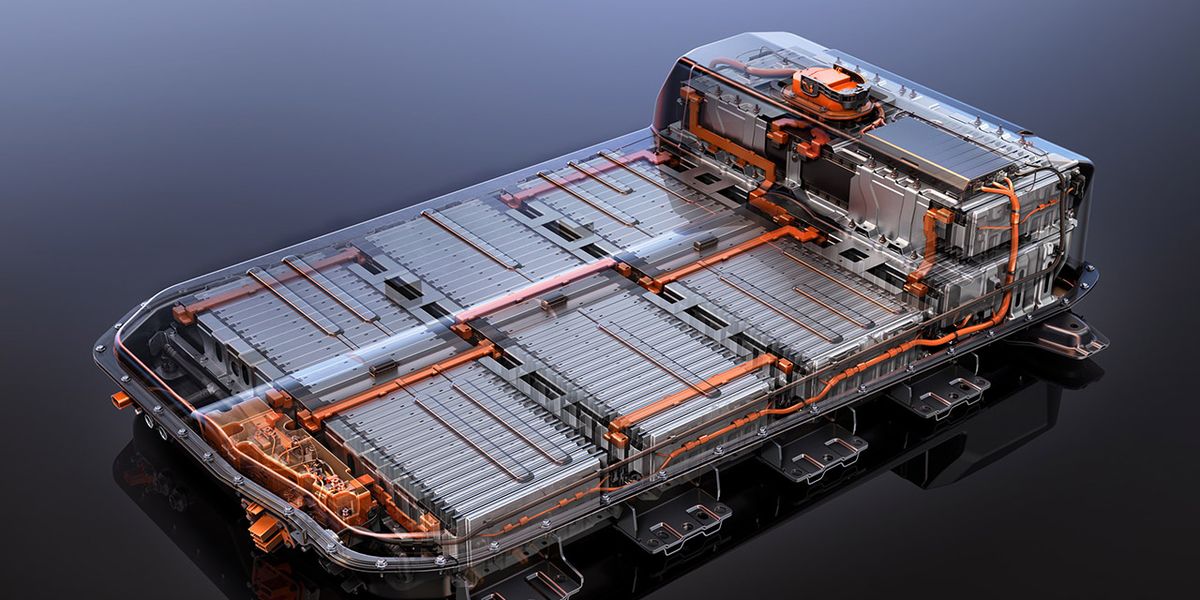LiFePO4 battery
It does not use cobalt so it has greater stability and safety. It provides a longer life cycle and higher power, although with lower energy density and at a high-cost today.
Lithium Polymer Battery
It has some improvements such as a higher energy density and a higher power. They are lighter, more efficient, and have no memory effect. Its high cost and low life cycle give these batteries, a “soft” appearance due to their lithium and polymer components, an option that is not currently very widespread.
NCM Battery
It is a lithium-ion battery, but with its cathode made up of nickel-manganese-cobalt, it achieves good values of energy density, thus allowing the sale of slightly cheaper electric cars, and with good autonomy.
NCA Battery
In this case, its cathode is made of nickel-cobalt-aluminium, achieving excellent energy density and very good charging efficiency, but with somewhat lower performance at high temperatures.
Solid State Battery
It is also an evolution of the lithium-ion battery and has an electrolyte that is not a conductive liquid, but rather a solid conductor, thus drastically reducing its degradation over time, with a much longer useful life. They are the ‘great evolution’ within the different types of batteries for electric cars.
ZEBRA Battery (molten salt)
They have crushed sodium chloroaluminate as an electrolyte, achieving very interesting energy and power characteristics. They have the best cycle life of all batteries, but they take up a lot of space and their power is low.
Aluminum-air battery
With a storage capacity of up to 10 times more than the Lithium-Ion type and an energy density beyond the reach of the rest, this type of battery has not had a good commercial acceptance due to its recharging and reliability problems. It is in the experimental phase.
Zinc-Air battery
Also in the experimental phase, they need to obtain oxygen from the atmosphere to generate a current. It has a high energy potential, and reliability and is capable of storing three times the energy of lithium-ion batteries in the same volume and at half the cost. According to some experts, zinc is positioned as the electrical fuel of the future.
